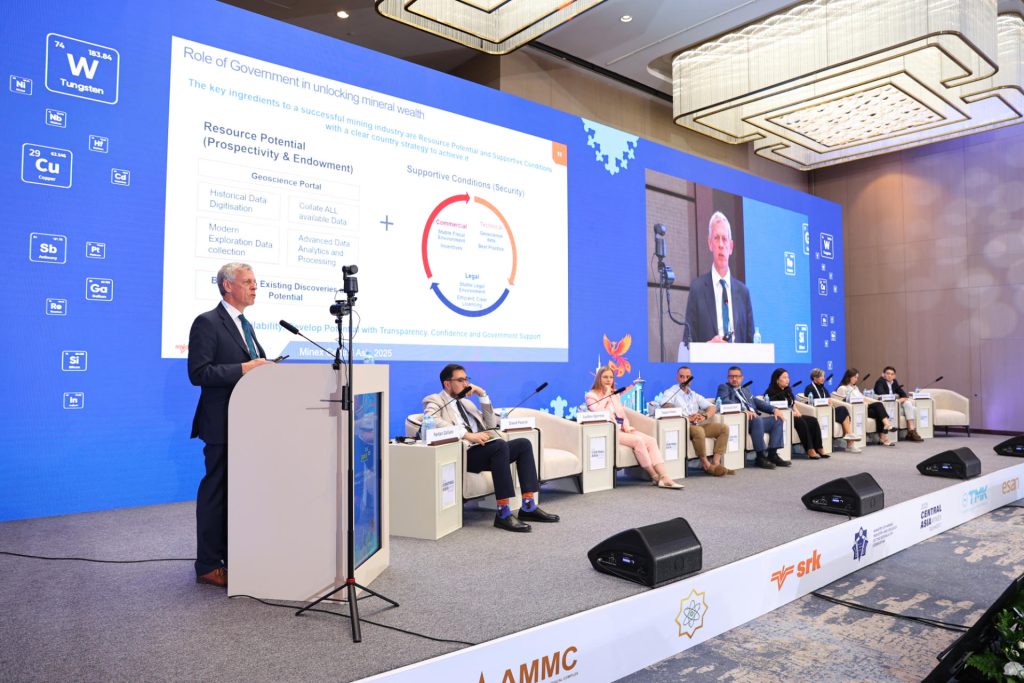Central Asia possesses immense, largely untapped mineral resources, positioning the region as a major potential hub for global raw materials critical to economic growth, industrial development, and the energy transition. Recent years have seen significant advancements and strategic shifts aimed at unlocking this potential, with stakeholders focusing on three principal areas:
Technological Advances in Exploration and Extraction
Modern geological exploration methods are being deployed to identify resources beneath challenging terrains, such as mountainous regions and deep sedimentary covers, where much of the remaining mineral wealth is likely to be found.
Companies and governments have begun digitizing vast libraries of Soviet-era geological data and integrating them into accessible geoscience portals—a crucial step in expediting exploration and attracting foreign investment.
Cutting-edge geophysical surveying, spectral analysis, machine learning, and digital twins are increasingly standard in exploration efforts, with several firms and service companies actively applying these methods to reduce costs, speed discovery, and optimize resource modelling.
Sustainable Resource Management and Value Chain Optimisation
There is growing emphasis on sustainable mining practices: stakeholders are aligning with global environmental standards (such as those discussed at COP28), prioritizing high-grade, low-impurity concentrates, and investing in green technologies for low-carbon steel and metal production.
Efforts are underway to improve data transparency, regional geophysical surveys, and environment-focused regulations, as these are seen as prerequisites for efficient and sustainable resource development.
Governments are updating legislative frameworks and encouraging regional cooperation to connect resource bases with infrastructure and markets, aiming to optimize logistics, power supply, and talent development.
Investment, Infrastructure, and Regional Partnerships
The region is attracting heightened international interest and capital, particularly from China, which seeks reliable supplies of critical minerals for the green transition, and from the EU and US as they diversify supply chains away from traditional sources.
Kazakhstan, for example, plans to open over 30 new mining deposits by 2025 through advanced surveying and innovative strategies—setting a model for neighbouring states.
Major mining and processing investments are being made in Uzbekistan, both by Chinese partners and by multinationals, aiming at copper, rare earths, iron ore, and more.
At the national and regional levels, governments are focusing on digitizing data, stabilizing tax regimes, offering investment incentives, protecting investors, and developing human capital to foster a competitive mining sector.
Challenges and Recommendations:
Persistent challenges include underdeveloped infrastructure, remote deposit locations, insufficient geological funding, and slow legal harmonization.
Speakers recommended that governments increase funding for geological surveys, ensure rapid and transparent data access, and balance fiscal incentives with national interests to maximize benefits from large-scale projects.
International best practices—such as Australia’s “Explore for the Future” initiative, which makes high-quality geoscience data freely available—are highlighted as models for Central Asian states to replicate in order to boost exploration and investment.
Conclusion for Stakeholders:
Central Asia stands at a pivotal moment: to realise its mineral potential, governments, investors, and experts must intensify efforts to modernise geological data, invest in sustainable infrastructure, offer a stable regulatory environment, and promote regional cooperation. By following these recommendations, the region is well-positioned to become a cornerstone of global supply chains for critical minerals.

